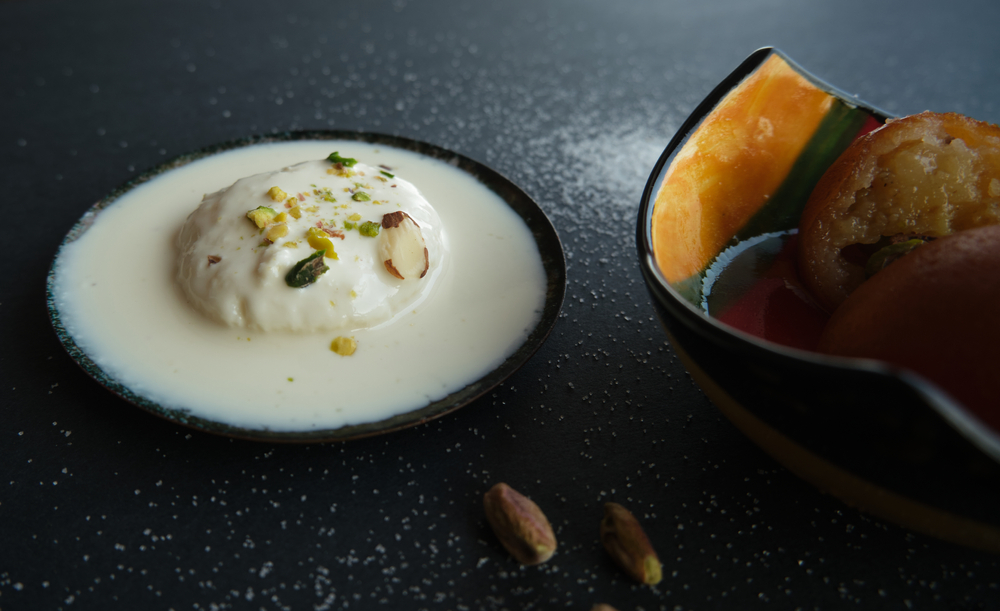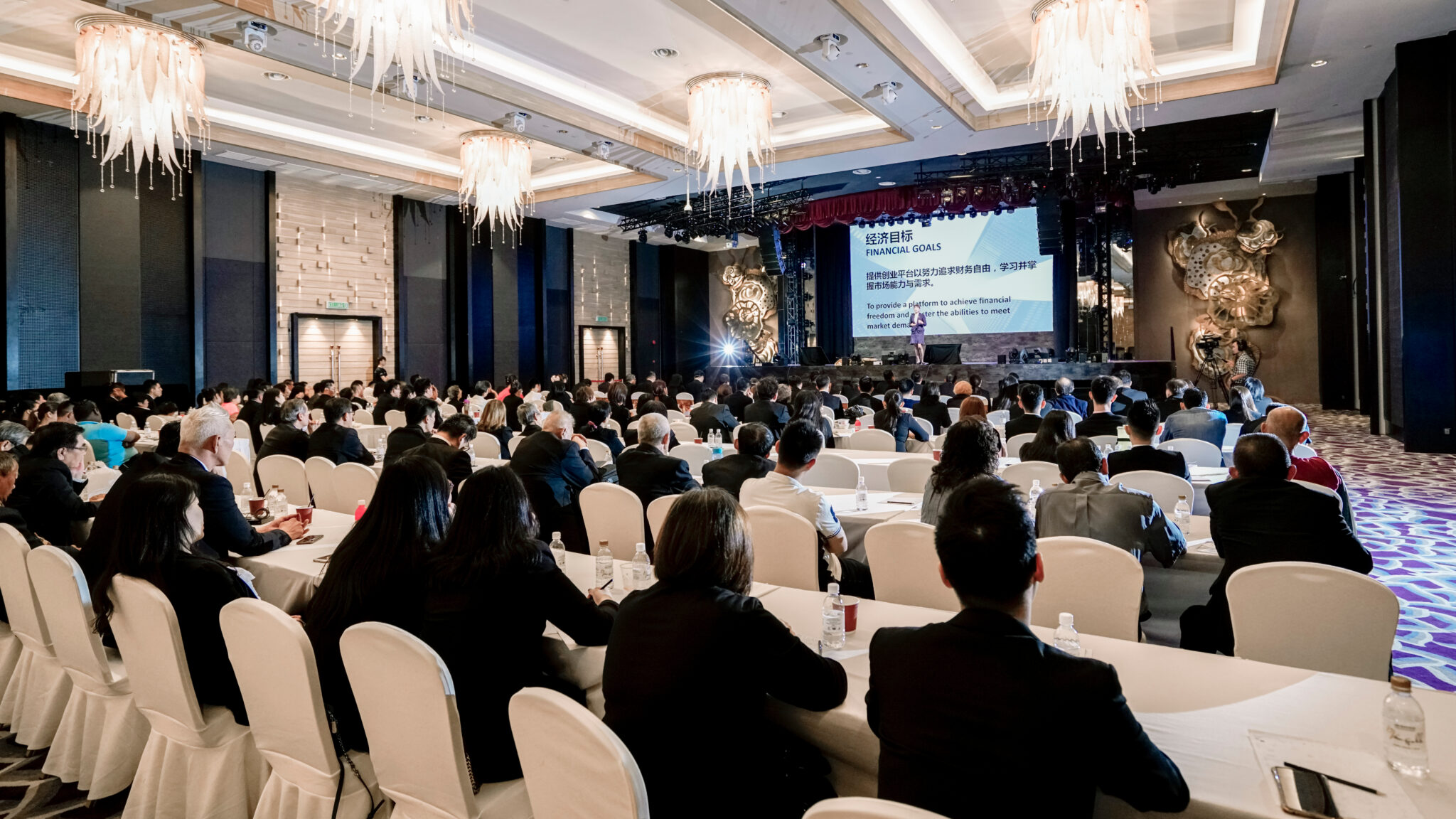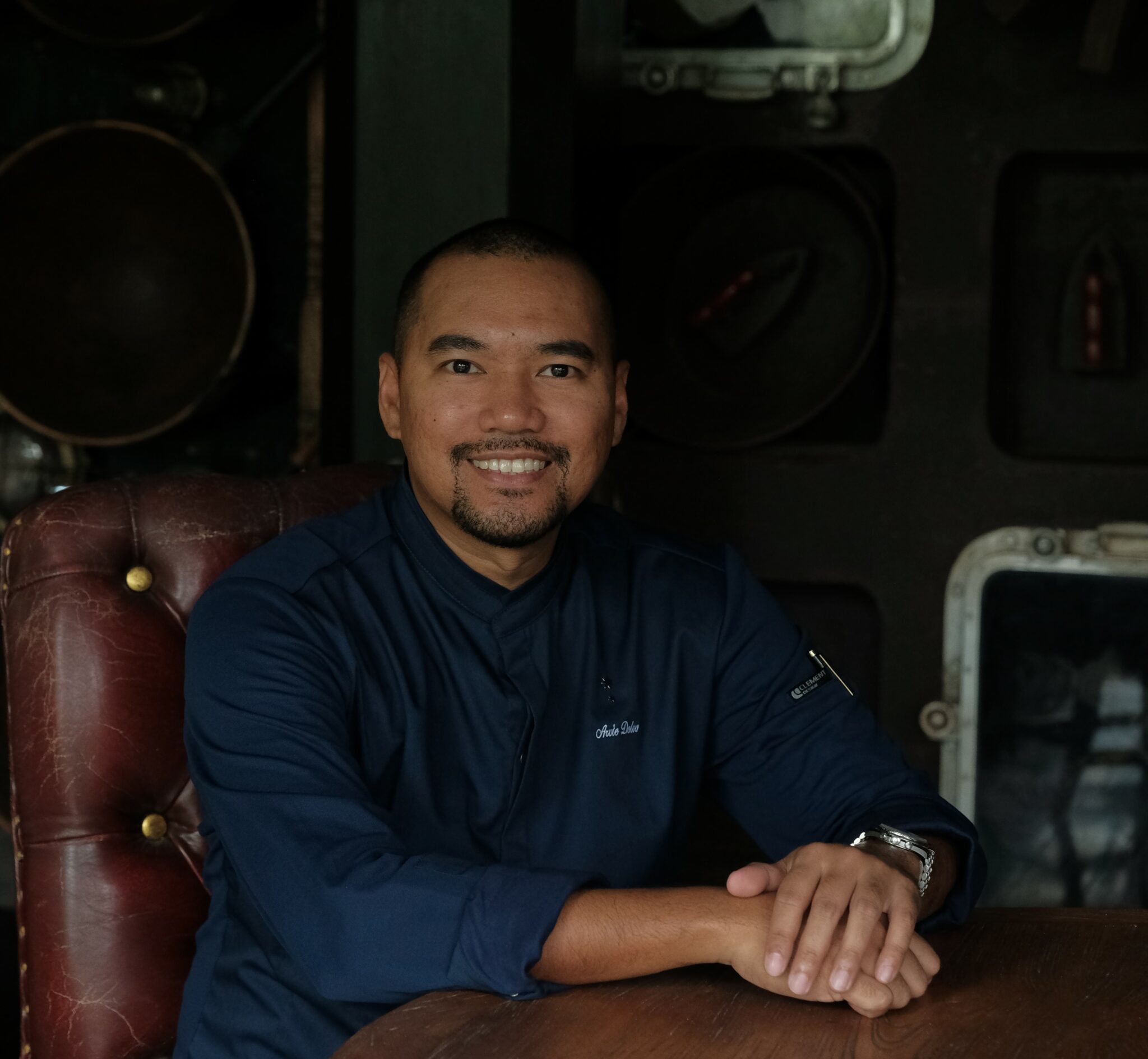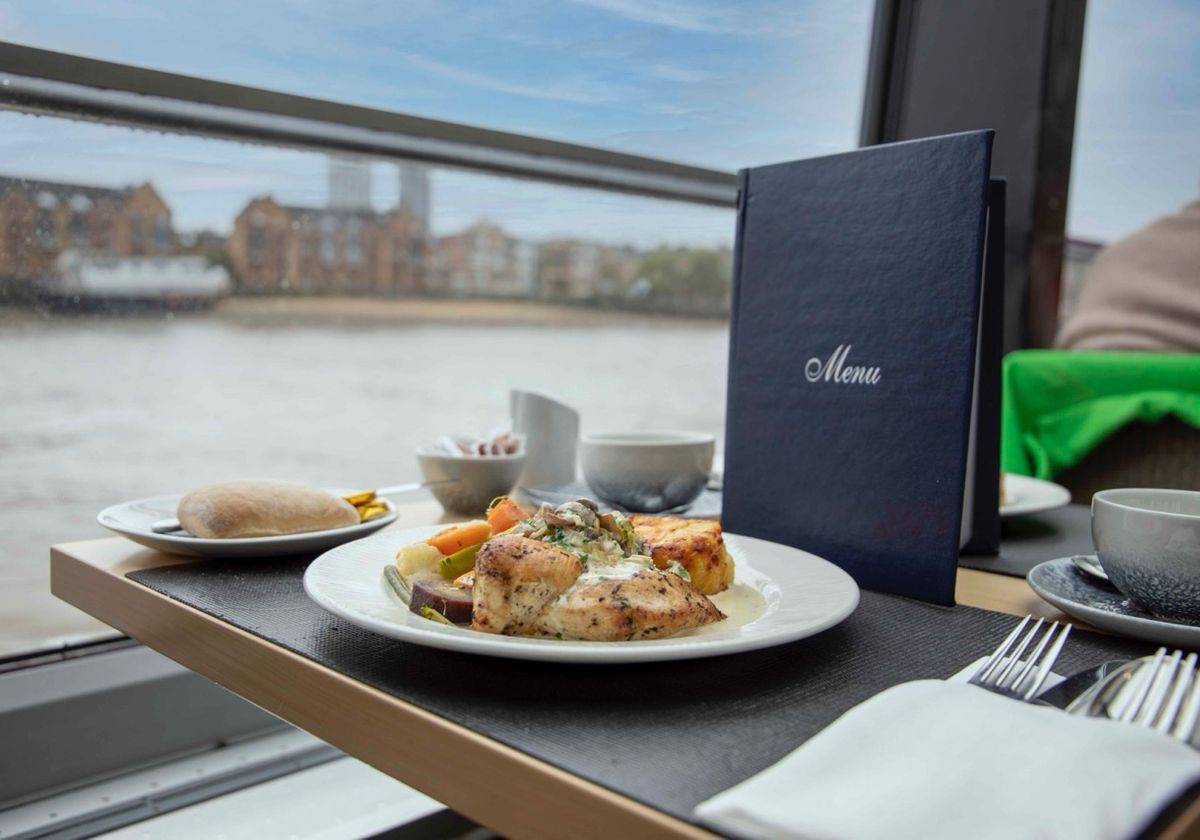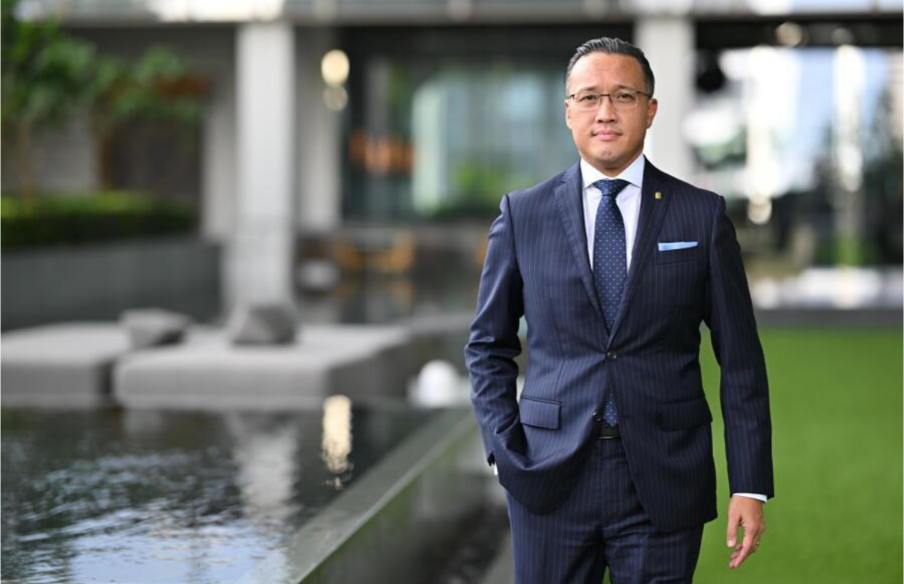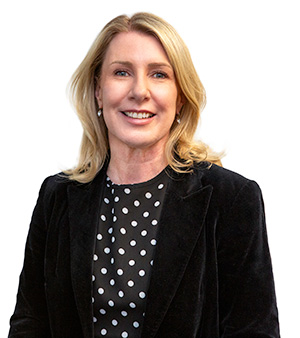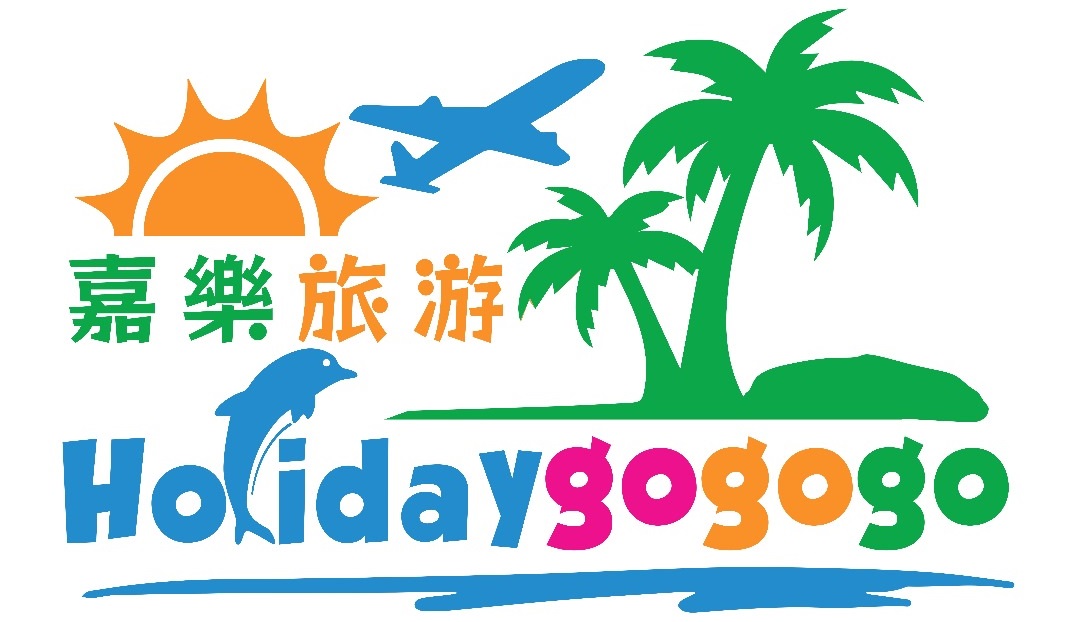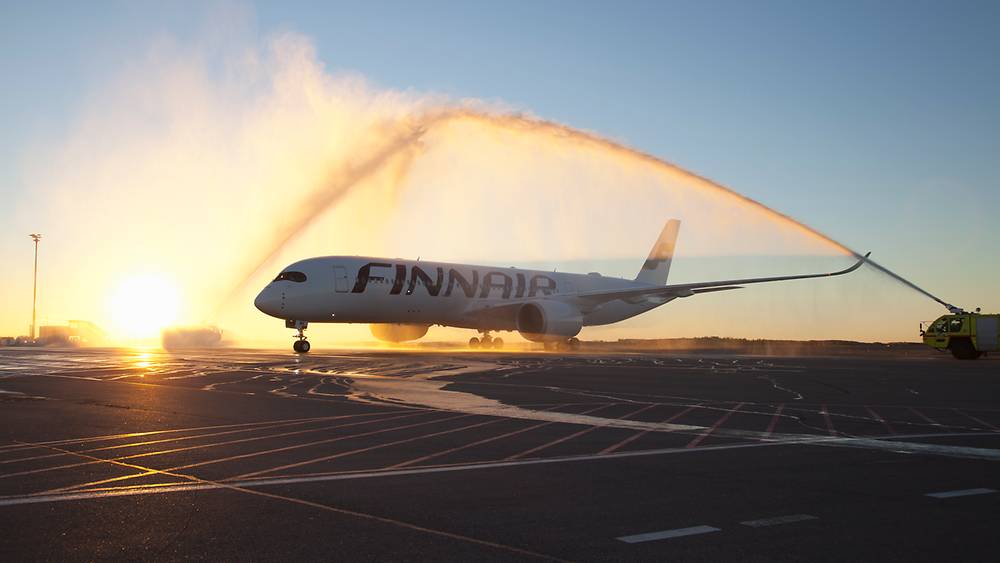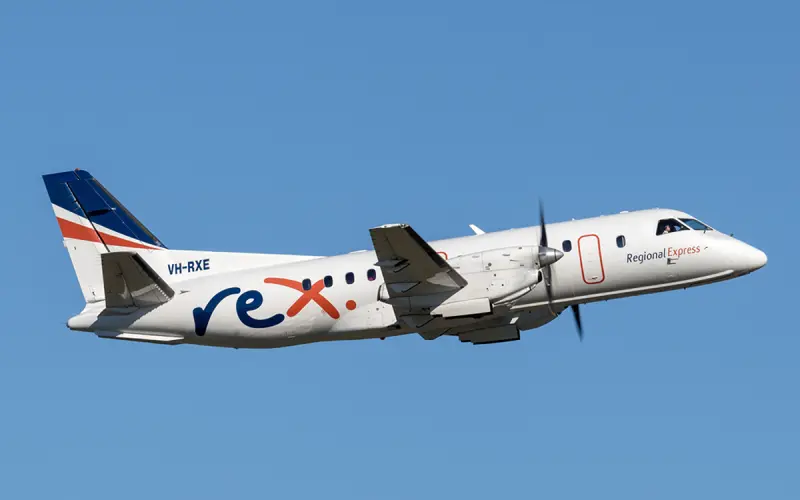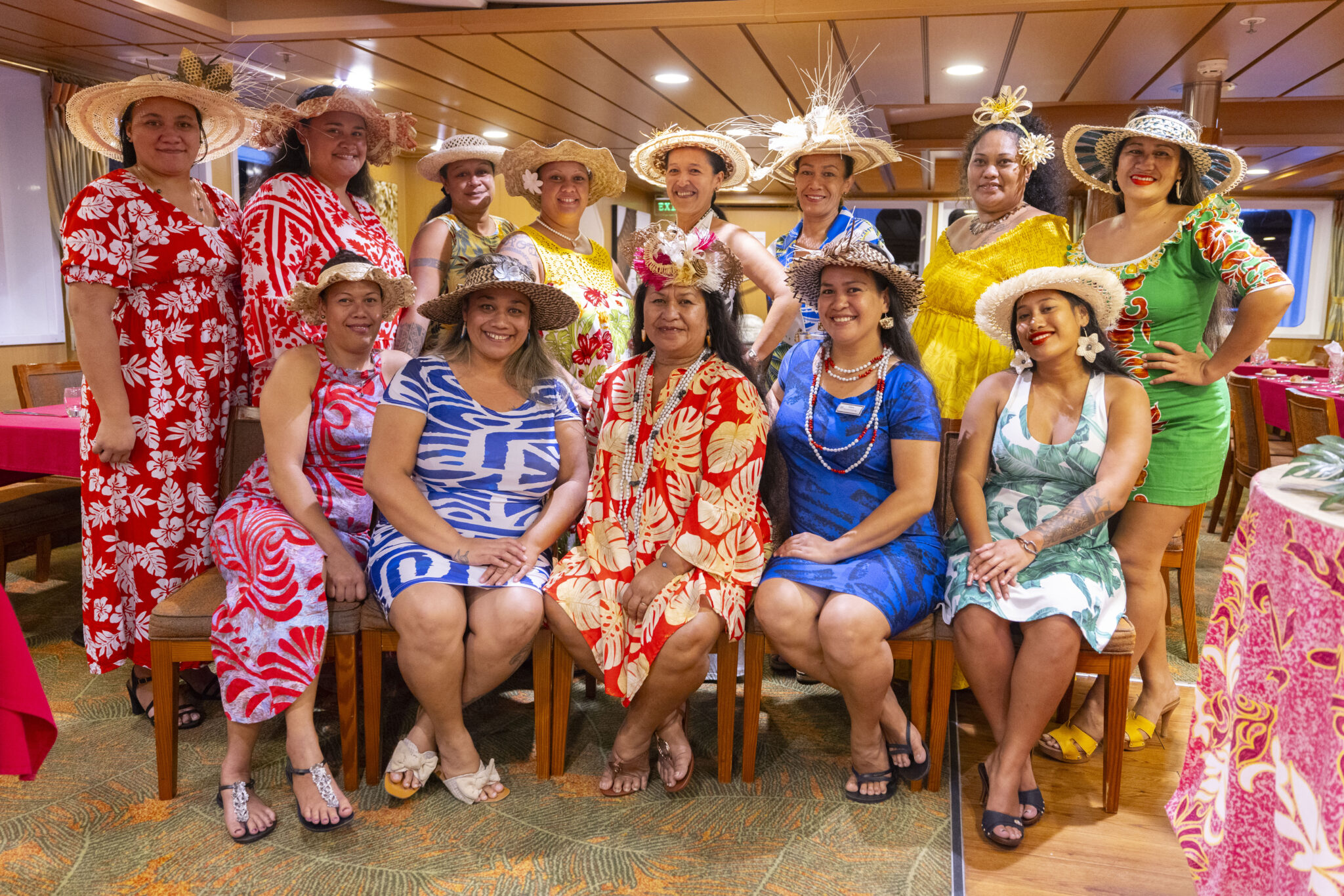
With traditional homelands stretching from the redwood forests in the northern reaches of the state to the desert along the Mexican border, California’s Native American lands are as diverse as the state’s more than 100 federally recognised tribes. While travellers are most familiar with the beautiful resorts and casinos operated by the tribes, they may not be aware of the many other ways to experience both California’s Indian past and the dynamic, modern lives of the state’s Native American peoples.
During California’s ancient past, at least 64 different languages were spoken, giving the state one of the most diverse populations of any region in the Western Hemisphere. Today California has the largest Native American population of any state and, according to the 2020 U.S. Census, approximately 1.4 million Californians identify as full or partially American Indian and Alaskan Native.
Learning more about these rich cultures and tribes can be done by paying a visit to one of the many museums and cultural centres across the Golden State.
Palm Springs
California’s indigenous peoples celebrate and commemorate their unique heritage at tribal museums and cultural centres throughout the state. Right in the heart of Palm Springs, the Agua Caliente Band of Cahuilla Indians is building an ambitious new cultural plaza with design details and architecture inspired by basketry, pottery and desert landscapes. The plaza features a 48,000-square-foot museum that’s destined to be California’s most impressive Native American cultural facility. It includes an interpretive trail and a spa at the site of the healing hot springs the tribe has used for thousands of years.
San Diego County
To the south in San Diego County, the award-winning Barona Cultural Center & Museum looks at the history and living traditions of the region’s Kumeyaay/Diegueño people. The museum’s extensive collection has artefacts that date back 10,000 years and you can pick up authentic shell jewellery and baskets made by local native artisans at the museum store.
Inland Empire
Outside the Inland Empire town of Banning, the Malki Museum opened in 1965 and was the first California museum founded by Native Americans. Housed in an adobe building on the Cahuilla Indian Reservation, it exhibits baskets and pottery and has an ethnobotanical garden with 50 native plants used by the Cahuilla.
Los Angeles
Los Angeles has the largest indigenous population of any US city, and in an old Angeles National Forest fire station northeast of downtown in the San Gabriel Mountains, the Haramokngna American Indian Cultural Center tells the story of five regional tribes—the Chumash, Tongva, Kitanemuk, Serrano, and Tataviam. Its events include the Yarmar Spring Celebration, a two-day workshop which features storytelling, musical performances and crafts demonstrations.
The Santa Monica Mountains near Los Angeles is part of the homeland for both the Tongva and Chumash peoples, and in the range’s western end at Santa Monica Mountains National Recreation Area’s Satwiwa Native American Cultural Center, you can see the replica of a traditional Chumash dwelling known as an ‘ap, and learn about the culture from tribal guest hosts. From the centre, the 1.5-mile Satwiwa Loop Trail explores a sacred area by the Chumash.



 share
share















